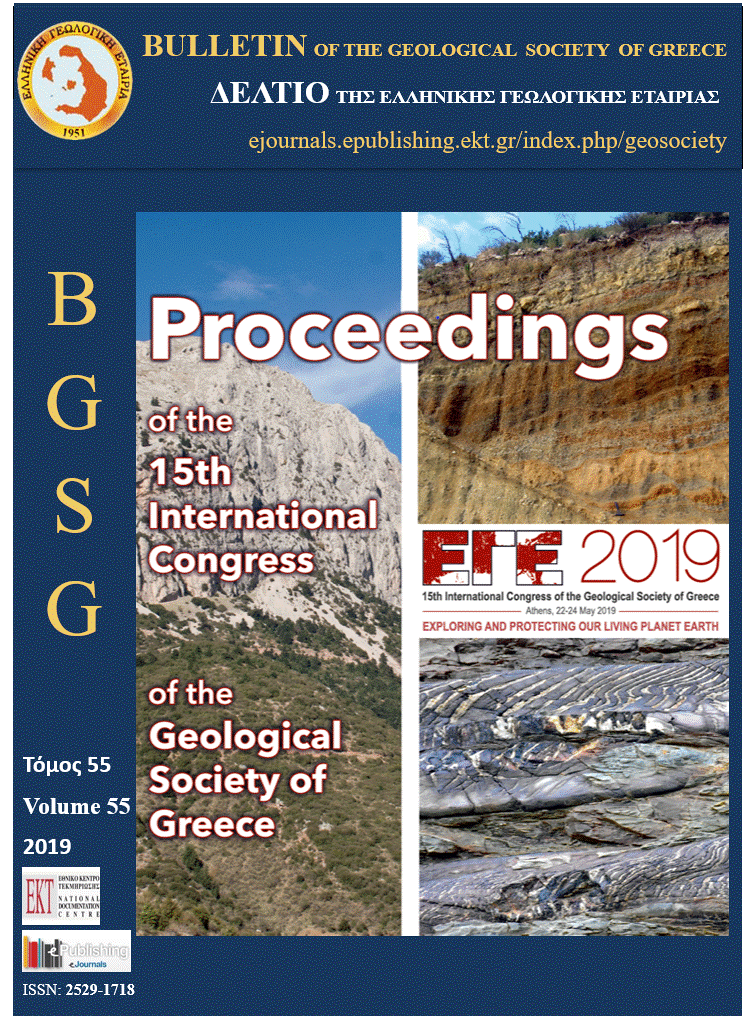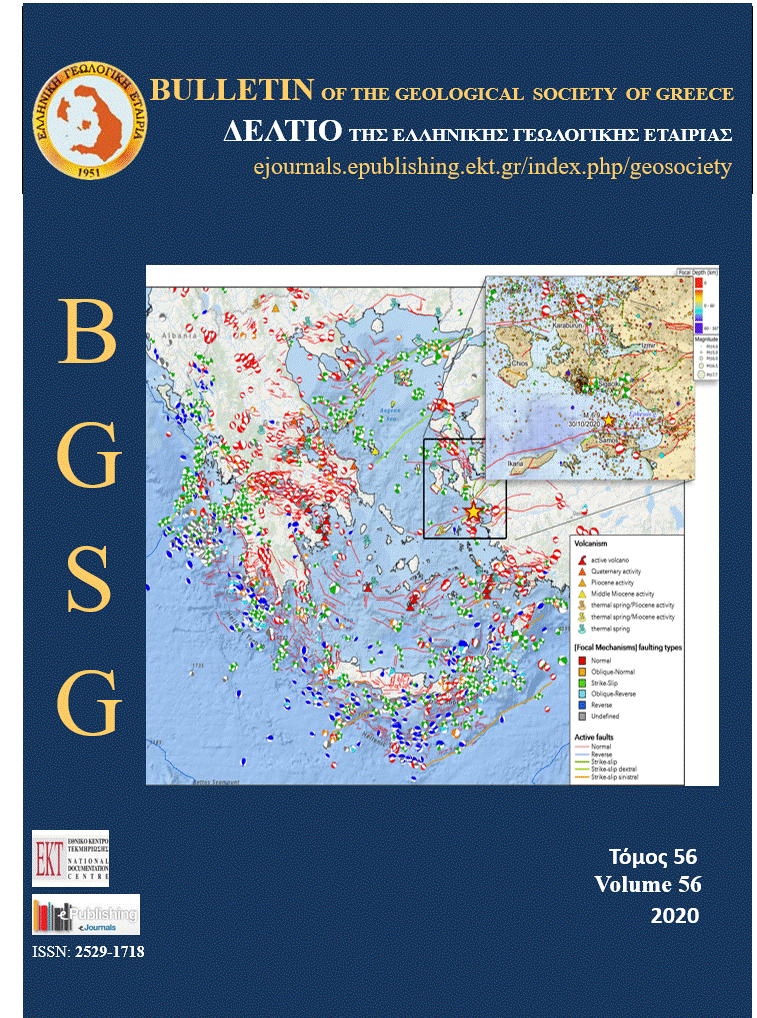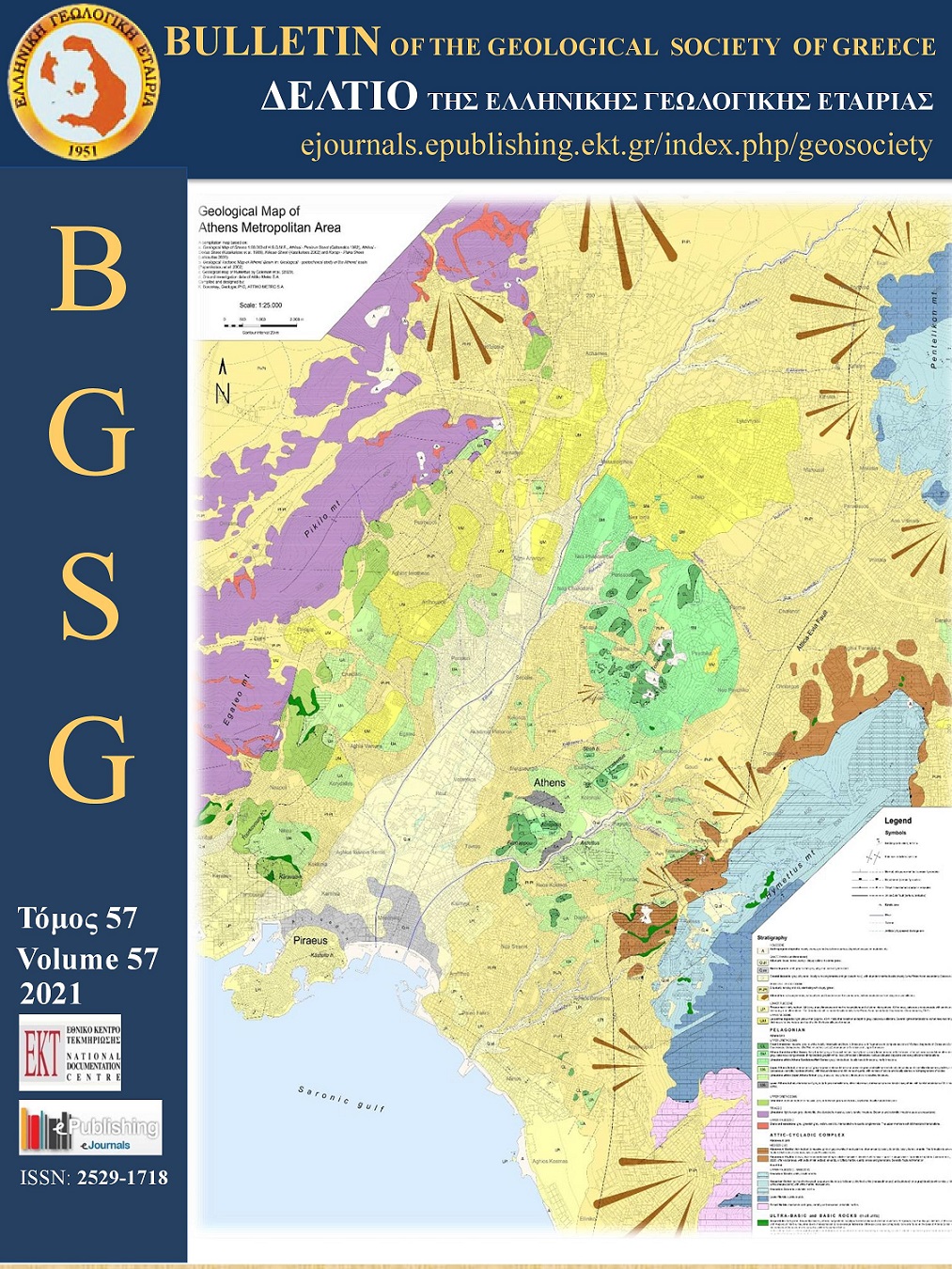Plagioclase Hosted Melt Inclusion in Hypabyssal Rocks in Torud-Ahmad Abad Magmatic Belt

Abstract
This study investigates for the first time melt inclusions (MI) that are found within fundamental minerals of subvolcanic rocks in Torud-Ahmad Abad magmatic belt. The Torud-Ahmad Abad magmatic belt is situated in south-southeast of Shahrood and belongs to the northern part of central Iran structural zone. Melt inclusions represent liquids that were trapped along growth zones (primary) or healed fractures of mineral phases, which crystallized from the silicate liquid as it cooled. Based on SEM analysis of these melt inclusions, their compositions are dacite, andesite and basaltic andesite. Thus, with the use of melt inclusions in the volcanic rocks of Torud-Ahmad Abad magmatic belt, we attempt to show the compositional evolution and origin of magma. The effective factors on magma evolution are magma mixing, fractional crystallization and crustal contamination.
Article Details
- How to Cite
-
Yousefi, F., Papadopoulou, L., Sadeghian, M., Wanhainen, C., & Bark, G. (2019). Plagioclase Hosted Melt Inclusion in Hypabyssal Rocks in Torud-Ahmad Abad Magmatic Belt. Bulletin of the Geological Society of Greece, 55(1), 158–169. https://doi.org/10.12681/bgsg.20756
- Section
- Petrology and Mineralogy

This work is licensed under a Creative Commons Attribution-NonCommercial 4.0 International License.
Authors who publish with this journal agree to the following terms:
Authors retain copyright and grant the journal right of first publication with the work simultaneously licensed under a Creative Commons Attribution Non-Commercial License that allows others to share the work with an acknowledgement of the work's authorship and initial publication in this journal.
Authors are able to enter into separate, additional contractual arrangements for the non-exclusive distribution of the journal's published version of the work (e.g. post it to an institutional repository or publish it in a book), with an acknowledgement of its initial publication in this journal. Authors are permitted and encouraged to post their work online (preferably in institutional repositories or on their website) prior to and during the submission process, as it can lead to productive exchanges, as well as earlier and greater citation of published work.




